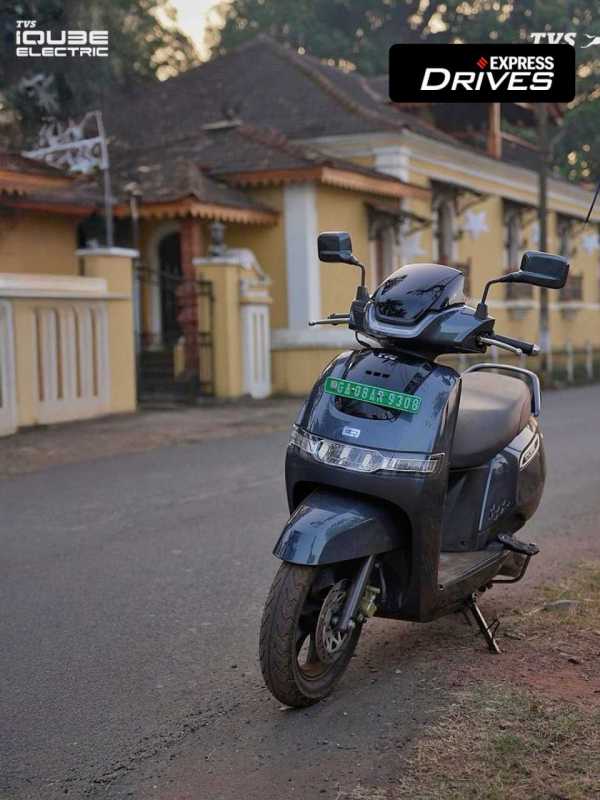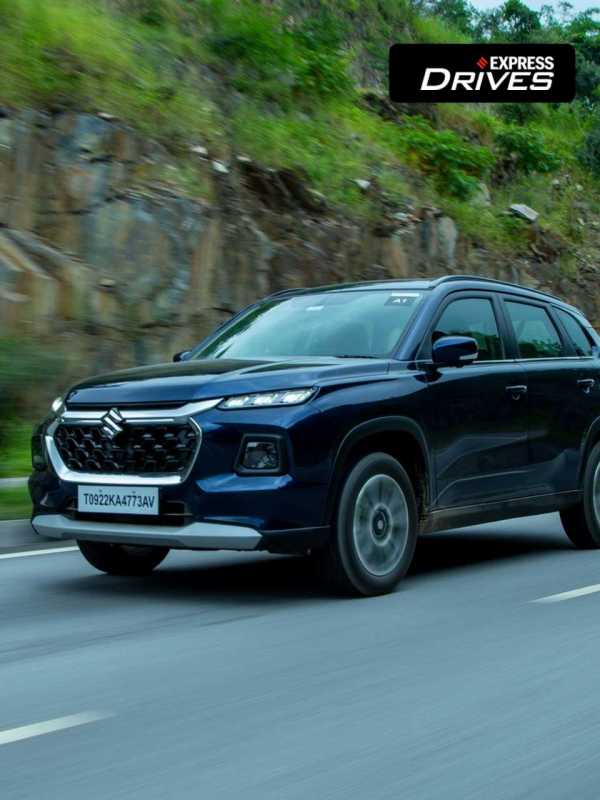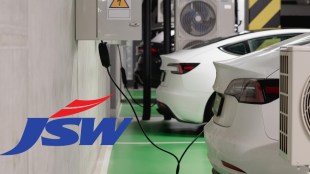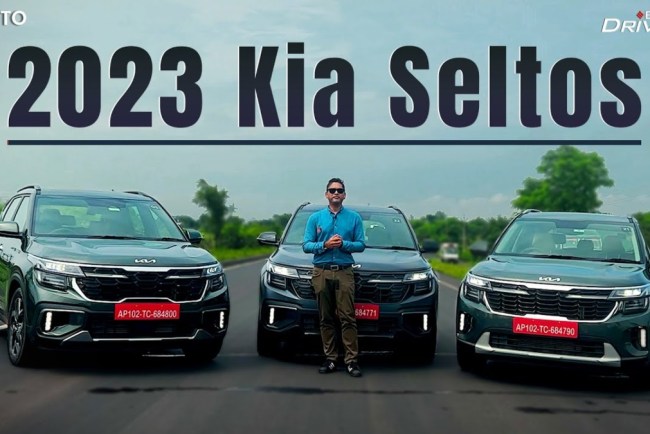By: Manavendra Prasad & Tannaz Ahmed. The authors work in the public policy space.
The energy transition is the silver bullet for the world’s climate goals and over the years it has become the most important phrase bandied across the globe. Towards this end India’s policy to transition to green mobility is paramount. India has set ambitious targets for the development of the electric vehicle (EV) sector in the country. It wants to be the global hub of EV research, manufacturing, and usage. With seven years remaining to achieve India‘s ambitious goal of reaching 30% electric vehicle penetration by 2030, there is a need for radical and coordinated action between all stakeholders to create the necessary momentum.
The core of India’s EV penetration goals will be achieved by battery swapping solutions. Battery swapping not only brings down the cost of the vehicles, especially light electric vehicles, substantially – you subscribe to a battery and don’t buy it; but also ensures minimal downtime – you can install a charged battery in less than 60 seconds. Energy storage through these batteries allows the usage of renewable energy to charge and ensures off-peak usage of the grid supply.
While the finance minister has laid strong emphasis on green growth in the Union Budget for FY2024 presented this February she had also announced the framing of the EV battery swapping policy in the Union Budget for FY2023. Unfortunately, the Battery Swapping policy is yet to see the light of day. While a draft policy was announced in April 2022, the final policy has not been announced even after multiple engagements between the industry and the entire spectrum of government stakeholders.
This delay has far-reaching ramifications. Without the battery-swapping policy the growth of the industry has been slow. The uncertainty around the policy puts at risk large investments that incumbent players have made. The opportunity cost of the capital expenditure including the FDI waiting on the sidelines till the ambiguity is eliminated, is high. Inadequate investments in innovation and research and development will continue. The creation of the enabling infrastructure – charging hubs, swapping stations, repair and maintenance chugs along without the energy expected of a nascent industry.
In this context, it is heartening to see states recognizing the opportunities presented by EVs and working towards realizing the potential gains from the sector. To support the national electric mobility policies, several states have rolled out their respective electric vehicle policies to drive futuristic sustainable mobility. However, in absence of the EV battery-swapping policy of the central government, many states do not mention battery-swapping as a solution for the EV industry. Many states do not fully appreciate the rationale of battery swapping and some others clearly state the need to refer to the central government’s policy before framing theirs.
Thus, there is a pressing need for the government to announce the policy incorporating the inputs received through numerous industry-policy-maker consultations. The industry in this regard applauds Piyush Goyal’s decision to defer interoperability standards and hopes that the policy will reiterate this and not foist any standards; in line with the recent developments.
Providing a level playing field in terms of FAME II incentives and equal GST rates will help the nascent industry. Present-day incentives are provided to vehicles powered by direct charging, but not to vehicles enabled by battery swapping – this invariably creates a skewed market. As the creation of the enabling battery swapping infrastructure is capex-heavy suitable incentives will catalyze the EV adoption rates. This makes the level playing field even more pertinent.
The policy should insist on robust quality and safety standards even in the nascent stage of the industry. It is only on the back of the highest safety standards will citizens adopt EVs readily.
With India importing about 80% of its oil demand, and the price of crude oil being highly vulnerable to geopolitical changes, transport decarbonization reduces the risk to the country’s energy security. Simultaneously, electrification presents India with an opportunity to strengthen its role and move upstream in the global automotive value chain. Enabling a state-level framework for the provision of EV battery swapping solutions, supplied and operated by private sector enterprises along with the release of the Union policy can help scale up swapping availability and create a distributed battery swapping network for easy accessibility. State-backed EV policies present an opportunity to provide innovative and dynamic support that is required to design and implement an electric vehicle policy that is tailor-made to best fit the local context.
It is high time that the central government finalizes its policy so that the battery-swapping industry can step out of its current logjam.
Disclaimer: Views expressed are personal and do not reflect the official position or policy of Financial Express Online. Reproducing this content without permission is prohibited.




















